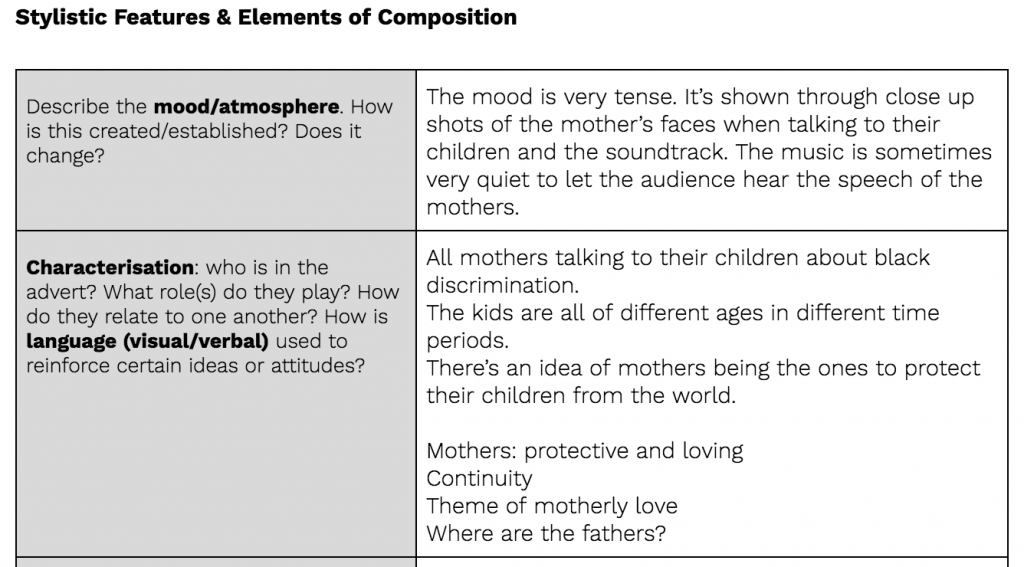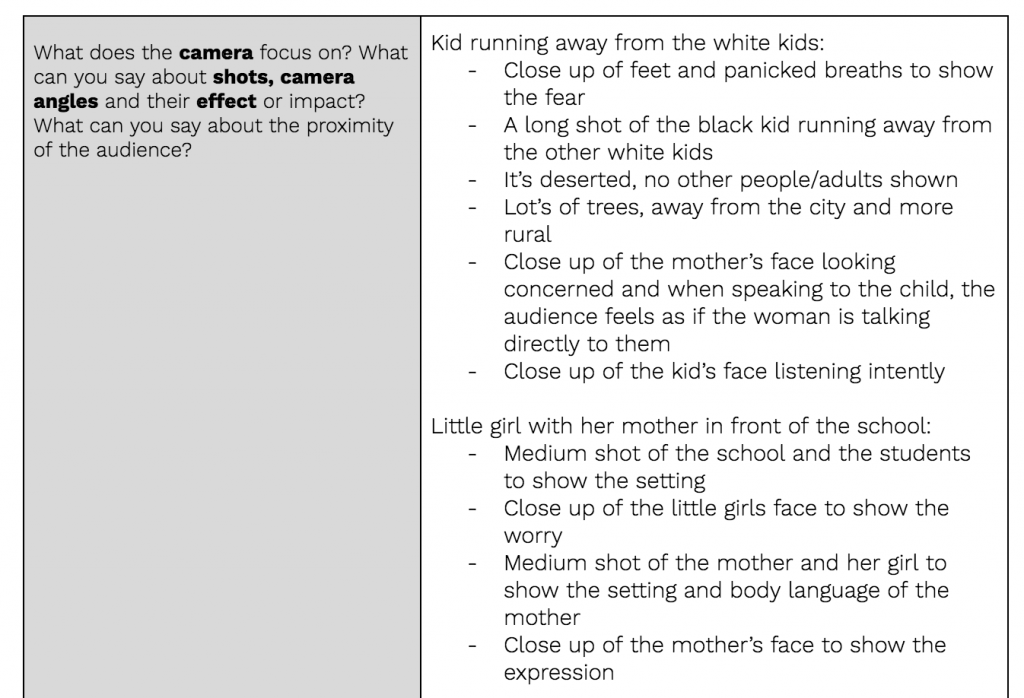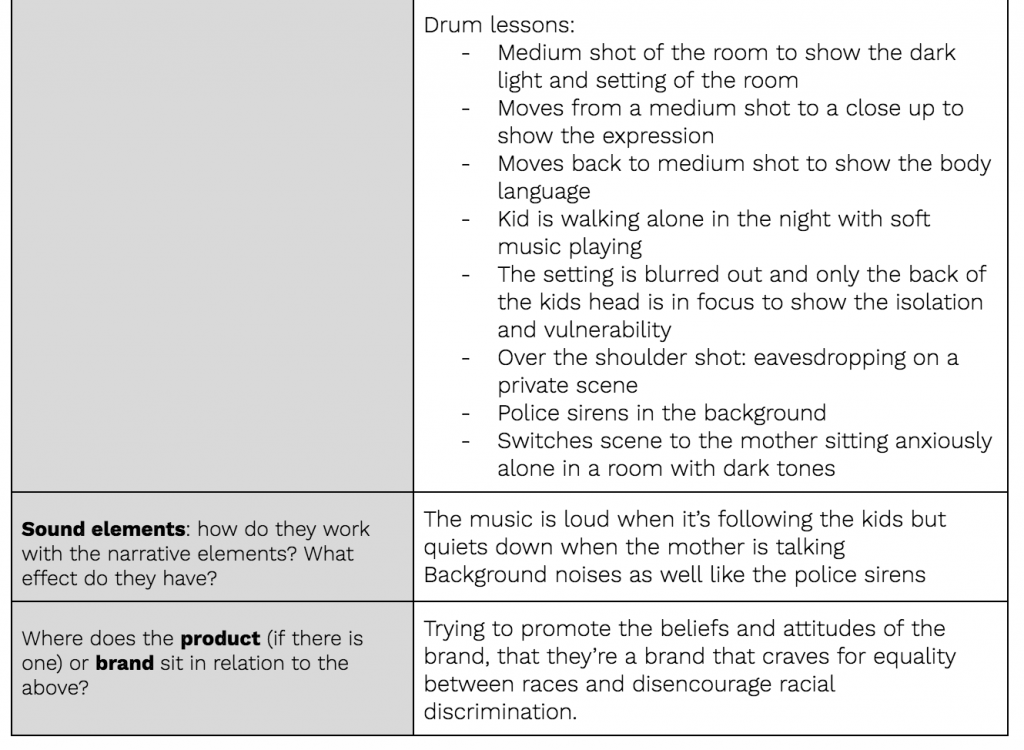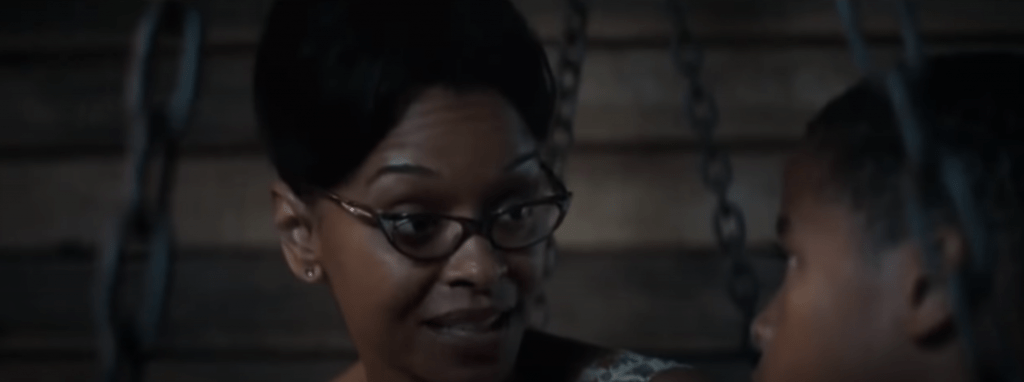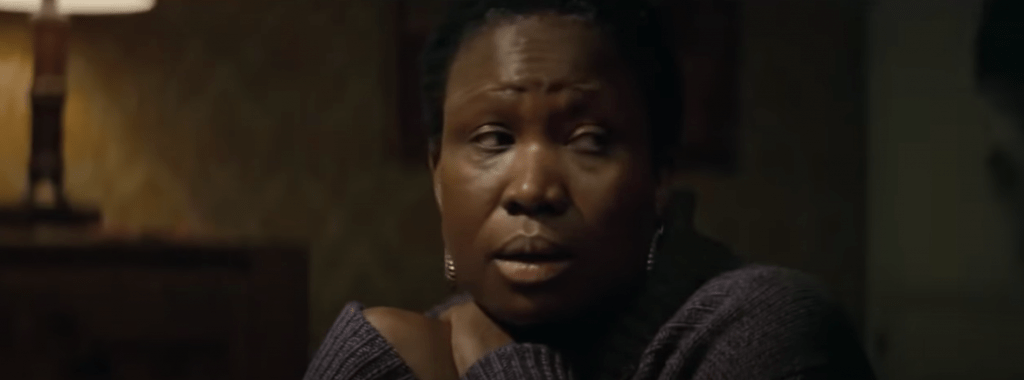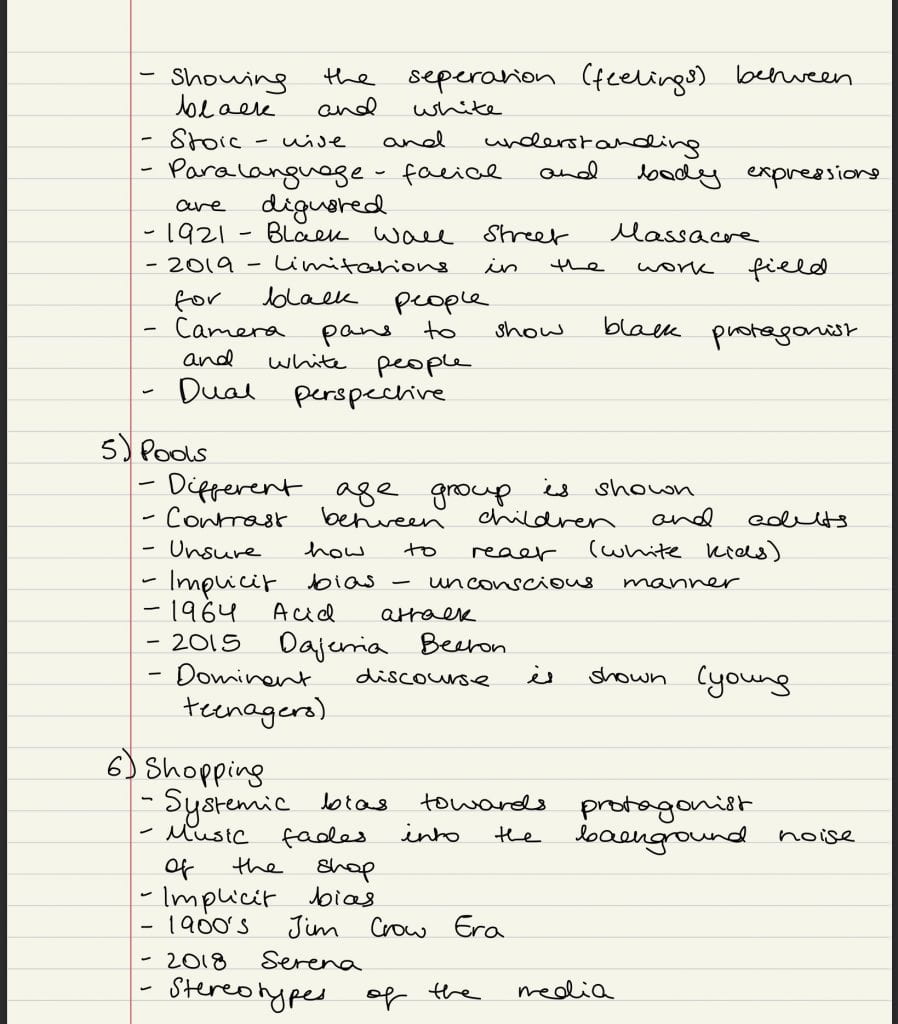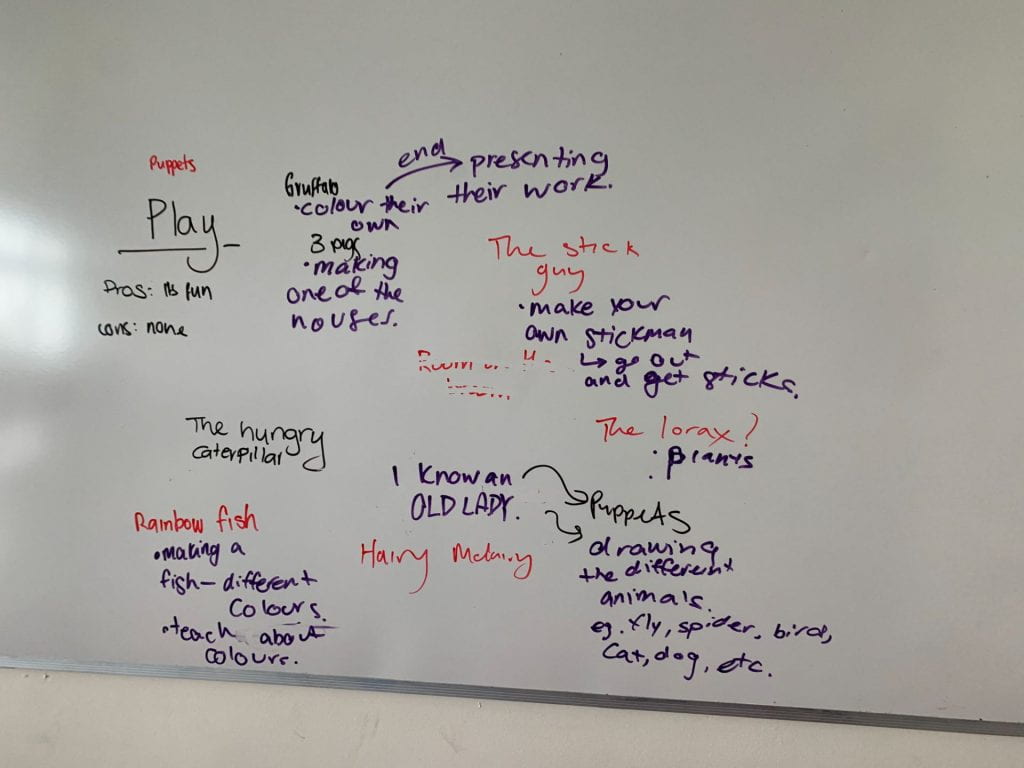In what ways does Mrs Potato Head express ideas about identity, culture and/or language?
“If you want a little more confidence
Potatoes turn to french fries, yeah it’s common sense
All you need’s a couple more condiments
And a hundred thousand dollars for some compliments, ha-ha
It’s such a waste
When little girls grow into their mother’s faces
But little girls are learning how to cut and paste
And pucker up their lips until they suffocate, ha-ha
Kids forever, kids forever
Baby soft skin turns into leather
Don’t be dramatic, it’s only some plastic
No one will love you if you’re unattractive
Oh Mrs Potato Head, tell me
Is it true that pain is beauty?
Does a new face come with a warranty?
Will a pretty face make it better?
Oh Mr Potato Head, tell me
How did you afford her surgery?
Do you swear you’ll stay forever?
Even if her face don’t stay together”
Melanie Martinez’s song Mrs Potato Head expresses the idea about how the toxic culture in our society influences other girls to want to change themselves to fit society’s expectations, resulting in a loss of identity. The song addresses several points to do with plastic surgery and the extreme lengths females go to just to receive society’s approval.
Our culture which is heavily influenced by social media has a drastic impact on the young girls and what they’re supposed to look like. The name of the song Mrs Potato Head is highly symbolic of this as it is comparing the concept of the kids toy to the reality of plastic surgery. Mrs Potato Head is a plastic toy most commonly known for being able to pull off and rearrange her features, it is similar to plastic surgery as people seek it out to “rearrange” their faces just like how Mrs Potato Head is able to. Melanie Martinez also uses the diction of “condiments” to represent the idea of how society promotes makeup to young females as another way of becoming more beautiful. The word condiments is mostly used when talking about food, such as ketchup or mustard and therefore shows the belief of how Melanie Martinez believes that society does not view females as humans. It believes them to be similar to food as in that their faces and bodies can be easily changed to fit someone else’s taste. An example she uses in the song to show this belief is the line “potatoes turn to french fries”. The word choices “potatoes” and “french fries” are used to infer the values of society. Potatoes are more round in shape and are chubby whilst french fries are thinner and more preferred in society. This is connected back to the idea of how society prefers attractive thinner women.
Due to society’s high expectations of female’s appearance, young girls start to lose their innocence and childhood. The line “when little girls grow into their mother’s faces, but little girls are learning how to cut and paste” is used to represent the idea that before young girls are given a chance to grow up, they are already being influenced by what they see on social media to alter their appearance to fit what society expects of them. The word choices of “cut and paste” are used as they are copying what they see and pasting it onto their faces, again linking back to the idea of plastic surgery and how women are not viewed as humans. Secondly, the line “kids forever, kids forever” is shown that no matter how mature females become, they will always be a small child playing dress up with their mom’s makeup. The idea of a small girl dressing up is compared to the way older females act as they are also “dressing up” and playing another role in order to fit society’s expectations. Lastly, the line “baby soft skin turns into leather” talks about the consequences of plastic surgery. As more and more women pay for the surgery, not only is their skin turned to plastic or leather they also lose the childhood/softness related to baby soft skin and become hardened by society.
As young girls lose their innocence and childhood, this then results in a loss of identity and therefore leaves them suffocated and trapped. The line “and pucker up their lips until they suffocate” talks about the idea of how being forced to play another role can lead to suffocation as it can be damaging to the identity they are forced to play. This then leads to a toxic mental state as they will seek attention or approval from society.


